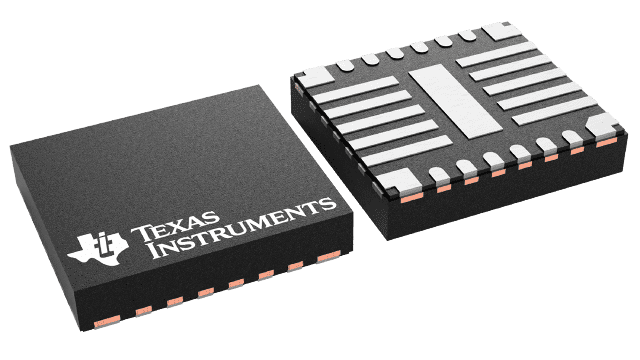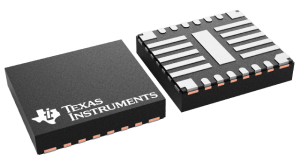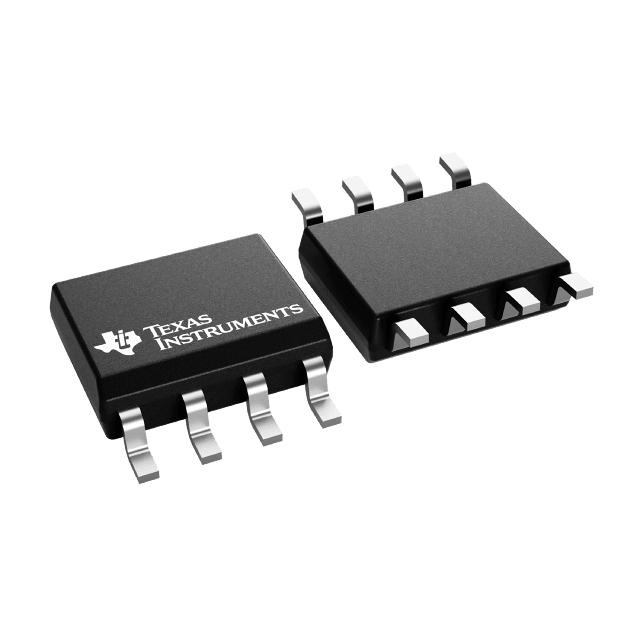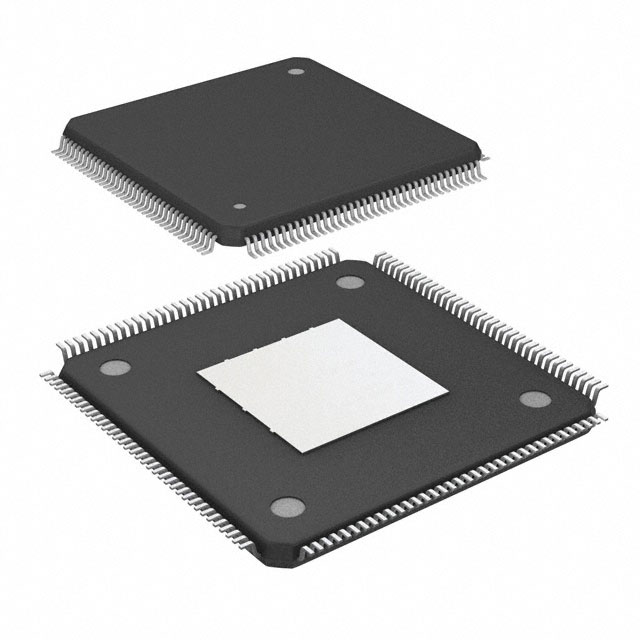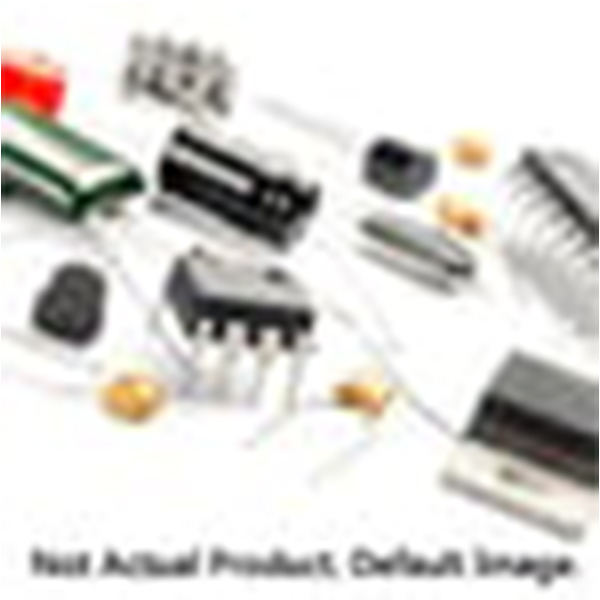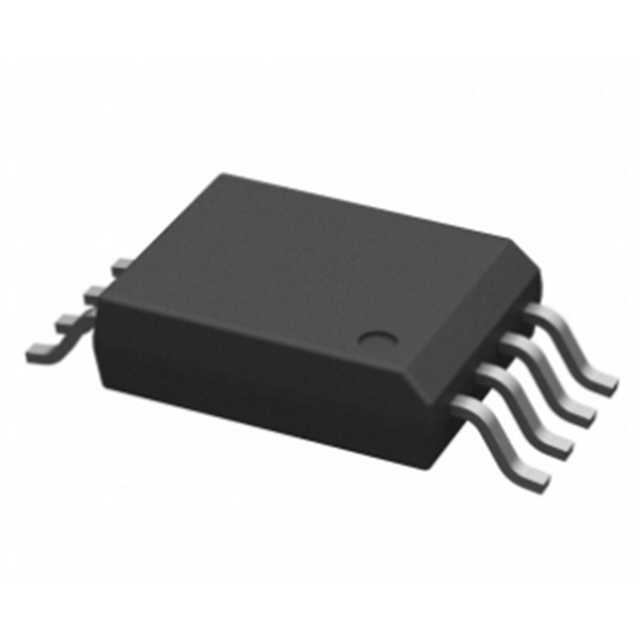IC LP87524 DC-DC BUCK Converter IC chips VQFN-26 LP87524BRNFRQ1 one spot buying
Product Attributes
| TYPE | DESCRIPTION |
| Category | Integrated Circuits (ICs) |
| Mfr | Texas Instruments |
| Series | Automotive, AEC-Q100 |
| Package | Tape & Reel (TR)
Cut Tape (CT) Digi-Reel® |
| SPQ | 3000T&R |
| Product Status | Active |
| Function | Step-Down |
| Output Configuration | Positive |
| Topology | Buck |
| Output Type | Programmable |
| Number of Outputs | 4 |
| Voltage - Input (Min) | 2.8V |
| Voltage - Input (Max) | 5.5V |
| Voltage - Output (Min/Fixed) | 0.6V |
| Voltage - Output (Max) | 3.36V |
| Current - Output | 4A |
| Frequency - Switching | 4MHz |
| Synchronous Rectifier | Yes |
| Operating Temperature | -40°C ~ 125°C (TA) |
| Mounting Type | Surface Mount, Wettable Flank |
| Package / Case | 26-PowerVFQFN |
| Supplier Device Package | 26-VQFN-HR (4.5x4) |
| Base Product Number | LP87524 |
Chipset
The chipset (Chipset) is the core component of the motherboard and is usually divided into Northbridge chips and Southbridge chips according to their arrangement on the motherboard. The Northbridge chipset provides support for CPU type and main frequency, memory type and maximum capacity, ISA/PCI/AGP slots, ECC error correction, and so on. The Southbridge chip provides support for KBC (Keyboard Controller), RTC (Real Time Clock Controller), USB (Universal Serial Bus), Ultra DMA/33(66) EIDE data transfer method, and ACPI (Advanced Power Management). The North Bridge chip plays a leading role and is also known as the Host Bridge.
The chipset is also very easy to identify. Take the Intel 440BX chipset, for example, its North Bridge chip is the Intel 82443BX chip, which is usually located on the motherboard near the CPU slot, and due to the high heat generation of the chip, a heatsink is fitted on this chip. The Southbridge chip is located near the ISA and PCI slots and is named Intel 82371EB. The other chipsets are arranged in basically the same position. For the different chipsets, there are also differences in performance.
Chips have become ubiquitous, with computers, mobile phones, and other digital appliances becoming an integral part of the social fabric. This is because modern computing, communication, manufacturing, and transportation systems, including the Internet, all depend on the existence of integrated circuits, and the maturity of ICs will lead to a major technological leap forward, both in terms of design technology and in terms of breakthroughs in semiconductor processes.
A chip, which refers to the silicon wafer containing the integrated circuit, hence the name chip, maybe only be 2.5 cm square in size but contains tens of millions of transistors, while simpler processors may have thousands of transistors etched into a chip a few millimeters square. The chip is the most important part of an electronic device, carrying out the functions of computing and storage.
The high-flying chip design process
The creation of a chip can be divided into two stages: design and manufacturing. The process of chip manufacturing is like building a house with Lego, with wafers as the foundation and then layers upon layers of the chip manufacturing process to produce the desired IC chip, however, without a design, it is useless to have a strong manufacturing capability.
In the IC production process, ICs are mostly planned and designed by professional IC design companies, such as MediaTek, Qualcomm, Intel, and other well-known major manufacturers, who design their own IC chips, providing different specifications and performance chips for downstream manufacturers to choose from. Therefore, IC design is the most important part of the entire chip formation process.






